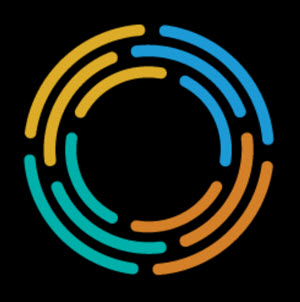In recent years, the “household model” has gained traction as an alternative to the traditional paradigm employed by nursing homes and assisted living environments. The household model is a person-centered approach where residents have a significant say in their daily lives, their care, and their living environment. This small-scale model—typically, only 10 to 18 residents live in each residence—emphasizes the importance of creating a home and sanctuary where residents live meaningful and engaged lives. A household model places the older adults at the heart of the organizational chart, and staff are trained and empowered to maintain this model of living.
PHI works with residential organizations nationwide to implement household models, as well as with residential leaders to effectively build small homes. We help nursing home and assisted living leaders understand the core principles and basic elements of the household model, as well as how to reimagine their organizations and living environments so they’re centered on the needs of older adults. PHI provides coaching to help leaders create an empowered workforce culture to implement this model, which includes identifying the necessary staffing, systems, and resources. We work with implementation teams from the initial planning sessions to the final execution of their plans.








